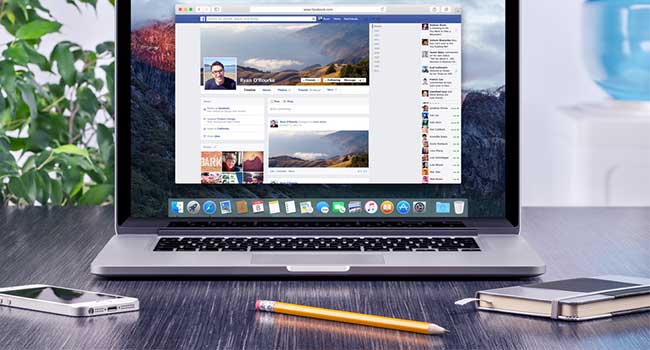
Online Exclusive: Facebook Isn't Safe!
- By David Biser
- Dec 02, 2016
When employees use corporate networks to access social media such as Facebook, they open the door to a new set of security concerns. It’s imperative that your security team stay up to date with current social media threats to close the door on these risks. Here is a specific current threat that should trigger protection action now.
Threat: Locky Ransomware is spreading via Facebook Messenger by pretending to be a harmless image file.
Infection Vector: Users receive an instant message containing what appears to be an image file. It is usually titled generically with a .svg extension. A JavaScript entry contained in the .svg file redirects the victims to a website that serves up the malicious payload using a downloader called Nemucod.
Once the malware has been downloaded it can then spread further using Facebook Messenger.
Countermeasures:
1. Ensure all of your anti-virus/malware programs are updated with the latest signatures. If you have anti-virus running within your environment, frequent updates should be standard practice.
2. Instruct your employees about the dangers they face on social media and how these dangers apply to the company – and their employment – when they use the corporate network for such access. While some companies might hesitate to restrict access to web sites such as Facebook with the goal of not upsetting employees, these same employees are your front line security force, and they need to be reminded that Facebook isn’t “Safebook.”
3. To ensure employees are following company security policies, proactively implement updated security lessons and conduct social engineering penetration tests and fake phishing campaigns.
4. Proactively scan your network for threats such as Nemucod. A program such as Carbon Black provides this active threat hunting ability, works with programs such as VirusTotal to warn you of immediate threats, and provides remediation tools.
5. Review your incident response plan and ensure that it is up to date. Many companies do not have an incident response plan and think that they will never suffer a breach or an incident. This type of thinking is exactly why attack vectors such as this one are so successful.
6. If your risk assessment indicates that the benefits of allowing access are outweighed by the potential cost or damage to the company networks, restrict access to social media sites within your corporate environment. Companies have taken this step and survived the process with little impact on their employees, particularly if they also set up a separate “public” wireless network that allowed their employees access to such sites disconnected from sensitive data.
About the Author
David Biser is the Manager, Critical Incident Response Team at NTT Security.